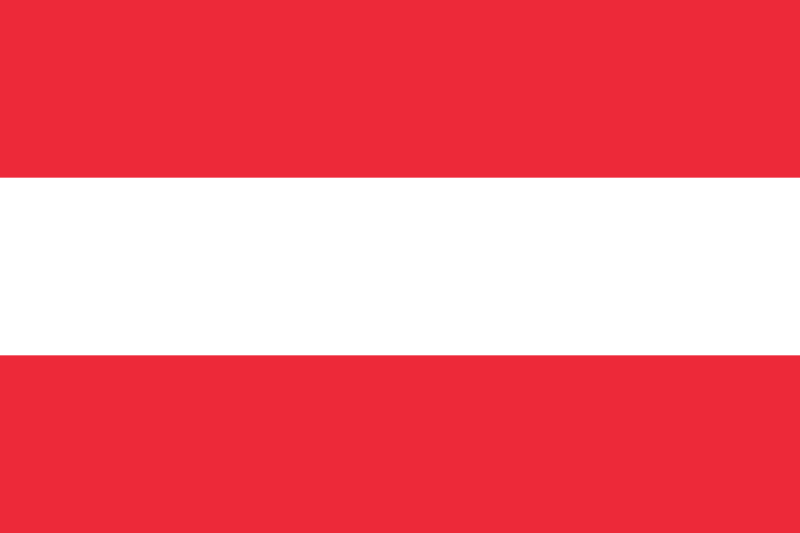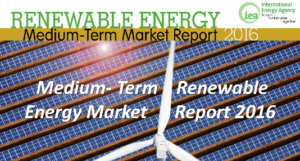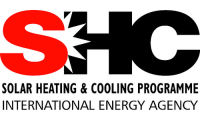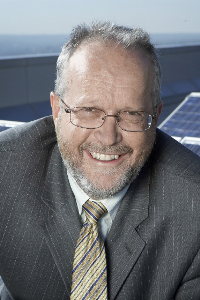Global Trends in Solar Heat Worldwide 2011 Study
August 17, 2013
The Solar Heat Worldwide 2011 report from May 2013 again gathers the latest market figures from 56 countries around the globe, covering 95 % of the world’s solar thermal market, according to the authors from Austrian company AEE Intec. In 2011, installers set up a total capacity of 48.1 GWth – corresponding to 68.7 million m2 of glazed and unglazed solar collectors – in these 56 countries. Solar thermal installations increased by 14.3% compared to 2010. The breakdown by collector type in 2011 is 14.7% glazed flat plate collectors, 81.9 % evacuated tube collectors, 3.2 % unglazed water collectors and 0.2 % air collectors. The chart shows the growth rate of the newly installed flat plate and vacuum tube collector capacity in the major markets in 2010/2011.
The annual report prepared within the scope of the Solar Heating and Cooling Programme (SHC) of the International Energy Agency (IEA) is the largest publicly available database for solar thermal technology. The report shows a number of international trends fairly clearly when comparing the share of newly installed capacity to the share of the cumulated installed capacity.
With respect to pumped and thermosiphon systems, the Solar Heat Worldwide study depicts two different trends. In Europe, the share of thermosiphon systems is decreasing: 19 % of the total installed capacity uses natural flow, whereas the share is at only 14 % of newly installed capacity. Worldwide, the trend is reversed, meaning that thermosiphon systems are gaining importance, from 76 % in the total installed capacity to 89 % in newly installed capacity, which is due to the growing importance of the Chinese market.
Vacuum tube collectors are dominating the global market more and more (82 % of newly installed capacity versus 62 % of the total installed capacity) because of the extreme market growth in China over the last years. In the 27 EU Member States, the situation looks completely different: 86 % of the total installed capacity belongs to flat plate collectors, followed by 8 % vacuum tubes and 6 % swimming pool absorbers. In the newly installed capacity in 2011, the share of flat plate collectors also reaches 86 %, whereas the vacuum tube collectors increases to 10 % and the swimming pool collectors decreases to 4 %.
The segment of large solar domestic hot water applications is on the rise: In 2011, already 17 % of the newly installed collector area was installed in this segment, whereas it made up only 10 %of the total installed capacity on a global level (see thepie charts above). In contrast, single-family houses are losing ground all around the world. Their share decreased from 85 % in the total installed capacity to 78 % in the newly installed capacity in 2011. In Europe, the trend towards large-domestic hot water systems is also strong, climbing from 15 % of the total installed capacity to 19 % in newly installed capacity. Solar combi systems already make up one-third of the newly installed capacity, higher than the share in the total installed capacity of 28 %.
More information:
http://www.iea-shc.org/solar-heat-worldwide


